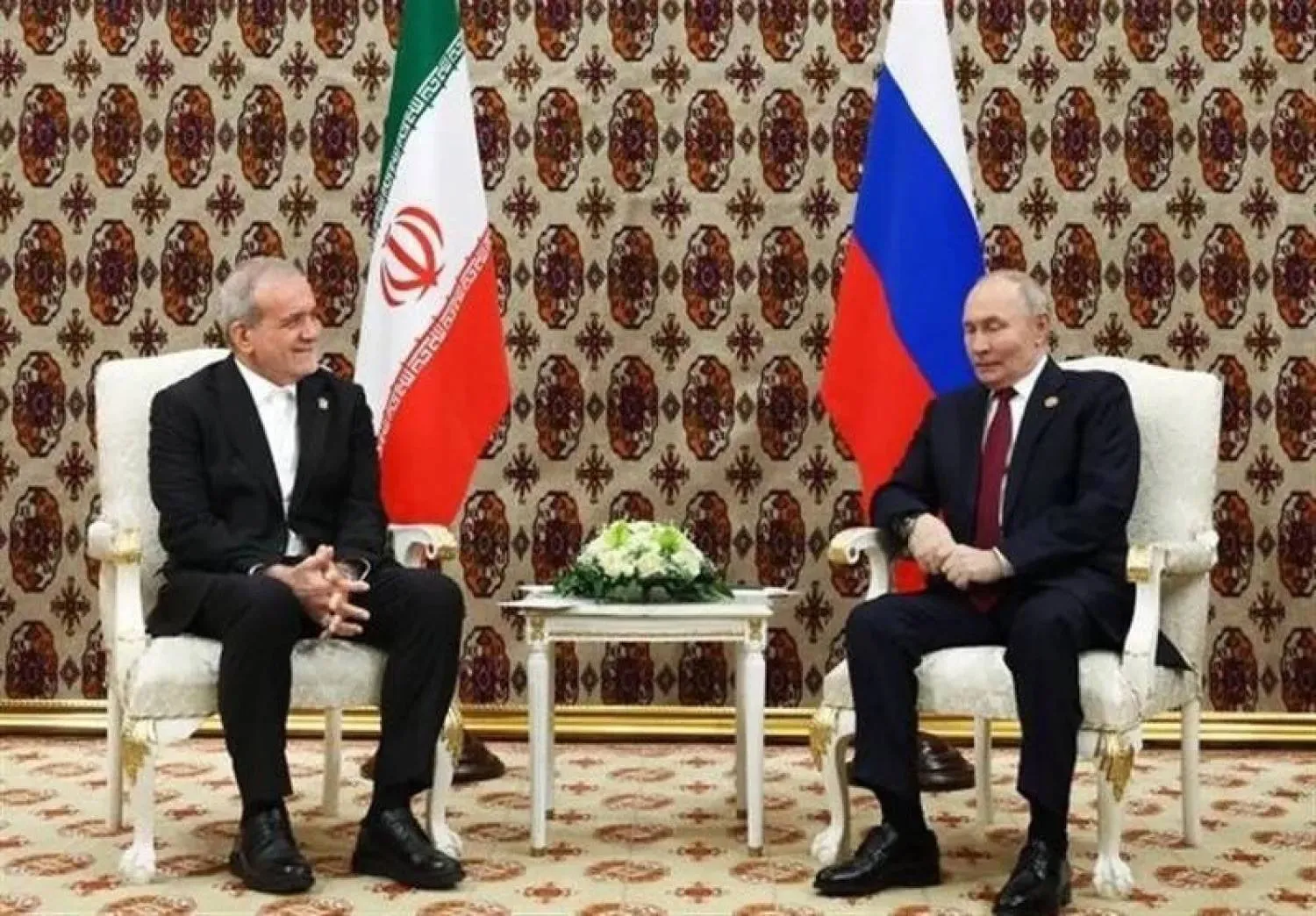Chief of an Iranian Revolutionary Guardian Corps (IRGC) special unit has announced that his forces “continue to support the Quds Force and carry out combat missions in fierce battles.”
Commander of Saberin ground special operation forces unit Mohammad Taheri told IRGC’s Tasnim News Agency that his forces enjoy “combat capabilities and are supplied with advanced equipment” during battles fought within Iranian territory or alongside the Quds Force in battles it leads abroad.
In 2016, the IRGC officially announced the presence of Sabrin Brigade in Syria after affirming the death of one of its senior leaders and a number of its members.
Taheri said his forces lost 30 fighters during military battles, without specifying the number of dead in foreign missions, adding that 100 have been disabled.
Saberin forces were engaged in military confrontations with opposition factions on the borders of Syria’s northwest and southeast region, Taheri noted.
He pointed to battles against the Kurdistan Free Life Party (PJAK), the Kurdish-Iranian ally of the Kurdistan Workers’ Party (PKK), the Komala factions, and the Kurdistan Democratic Party (KDP), as well as armed factions in Balochistan region.
According to Tehran, opposition parties that raise the banner of defending the rights of nationalisms are “anti-revolution” and “terrorist organizations.”
Taheri said his forces constitute the “best ground forces in the IRGC,” adding that they carried out significant and influential operations in maintaining the country’s security.
The establishment of Saberin Unit dates back to 1999 and 2000, when the IRGC gathered elite figures to counter activities of the Kurdish PJAK, which inflicted heavy losses on the IRGC in the border triangle between Iran, Iraq, and Turkey.
In July 2012, back then Saberin Commander Brigadier General Morteza Mirian said the IRGC had relied on the training bases for special forces in the British army.
According to media sources, the unit uses a US-manufactured M-16 rifle, which the IRGC calls “Zulfiqar.”
Meanwhile, General Mohsen Sasani has been appointed by Chief of Staff of the Iranian Armed forces Major-General Mohammad Bagheri as Deputy Head of Iran’s Passive Defense Organization, Iranian media reported.
His appointment is considered the first military shuffle after an explosion at Natanz nuclear facility in late July.
Deputy Coordinator of the General Staff of Iran’s Armed Forces General Ali Abdullahi said: “promoting resilience and protecting critical infrastructure of the country are considered strategic issues in the country’s defense system.”
“In order to face new cyber and electronic threats in the future wars, we need to adopt new approaches and strategies,” he stressed.









